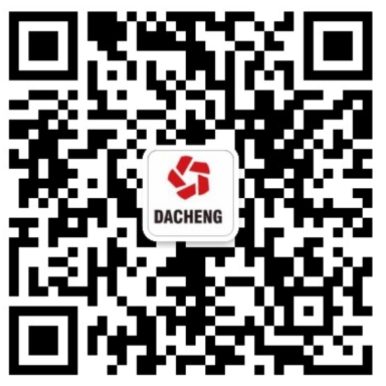Description
Processed keel components are sorted, organized, and packaged according to the project, component type, or installation sequence. The purpose is to protect the components from damage during transportation and storage, and to facilitate quick identification and retrieval on-site. Packaging methods are determined by the size, shape, and transport distance of the components, usually involving strapping and clear labeling. For export or long-distance transport, more robust wooden crates or steel pallets may be used.
Materials Used
Strapping Machine: Manual, pneumatic, or electric, used for strapping with steel or plastic bands.
Forklift / Crane: Used for handling bundled components or packed crates.
(Optional) Woodworking Tools: Such as power saws, nail guns, etc., for making custom wooden crates.
(Optional) Stretch Wrapping Machine: Used for wrapping bundled components with stretch film for protection.
Equipment Used
Steel Straps / PET Plastic Straps: For bundling keels.
Edge Protectors / Corner Guards: To protect component edges from damage during strapping and transport.
(Optional) Timber / Plywood: For making crates or pallets.
(Optional) Pearl Cotton (EPE Foam) / Bubble Wrap / Moisture-proof Paper: For cushioning and separating components.
Labels / Shipping Marks: Clearly indicating project name, component number, quantity, destination, precautions, etc.
(Optional) Anti-rust Paper / VCI (Volatile Corrosion Inhibitor) Film: For additional rust protection during sea freight or in humid environments.


